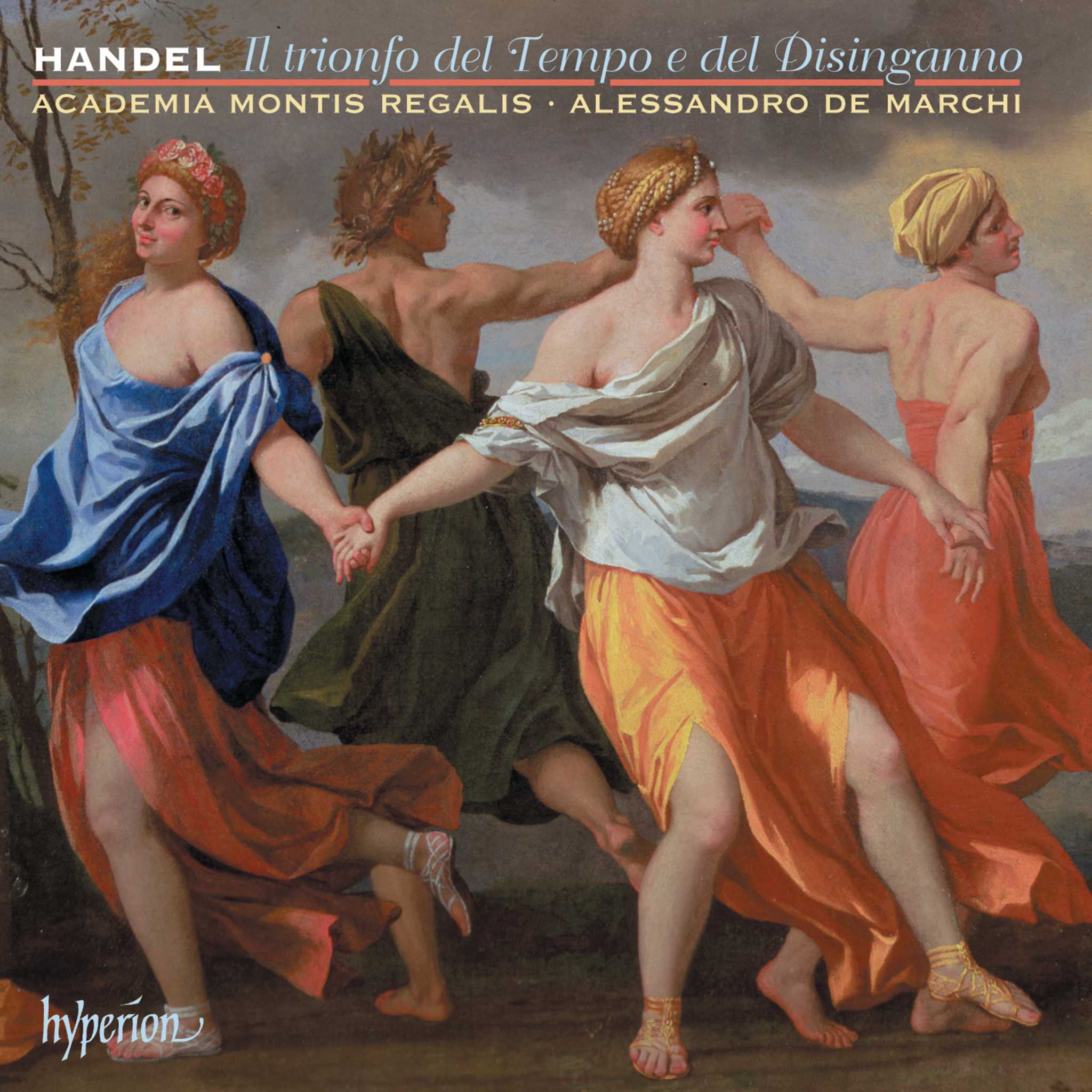Album insights
William Byrd's allegiance to Catholicism during Queen Elizabeth I's reign meant he composed minimal music for her Anglican Church. Despite holding positions at Lincoln Cathedral from 1563 to 1572, most of his Anglican works were likely created during that time. Byrd crafted three services specifically for these requirements: the Short (or First) Service, the Second Service featuring the Magnificat and Nunc dimittis, and the Third Service devoted to the evening canticles. These works were simplistic, conforming to the era's authority demands. Notably, Byrd's Great Service marked a significant departure, showcasing elaborate musical structures and a dramatic style with intricate vocal interplay.
The 1580s posed challenges for England with political unrest and anti-Catholic legislation escalating. Byrd faced scrutiny and penalties for his absence from Anglican services, along with investigations linked to a political conspiracy in 1583. Despite these hardships, this decade proved artistically fruitful for Byrd, culminating in significant publications and compositions. Byrd's Great Service, a monumental work of intricate design, was discovered years later, highlighting a blend of traditional and innovative musical elements. The composition's intricate design and distinct use of vocal dynamics symbolize a shift in Anglican musical tradition.
Byrd's religious works in English, though intended for domestic settings, reflected intimacy and complexity. His compositions resonated with the emotional nuances of sacred texts, translating word imagery into musical expression intricately. Byrd's profound understanding of vocal interplay and mood manipulation in religious music set a dynamic precedent for future composers, demonstrating a mastery of blending traditional and innovative styles to evoke spiritual significance.




